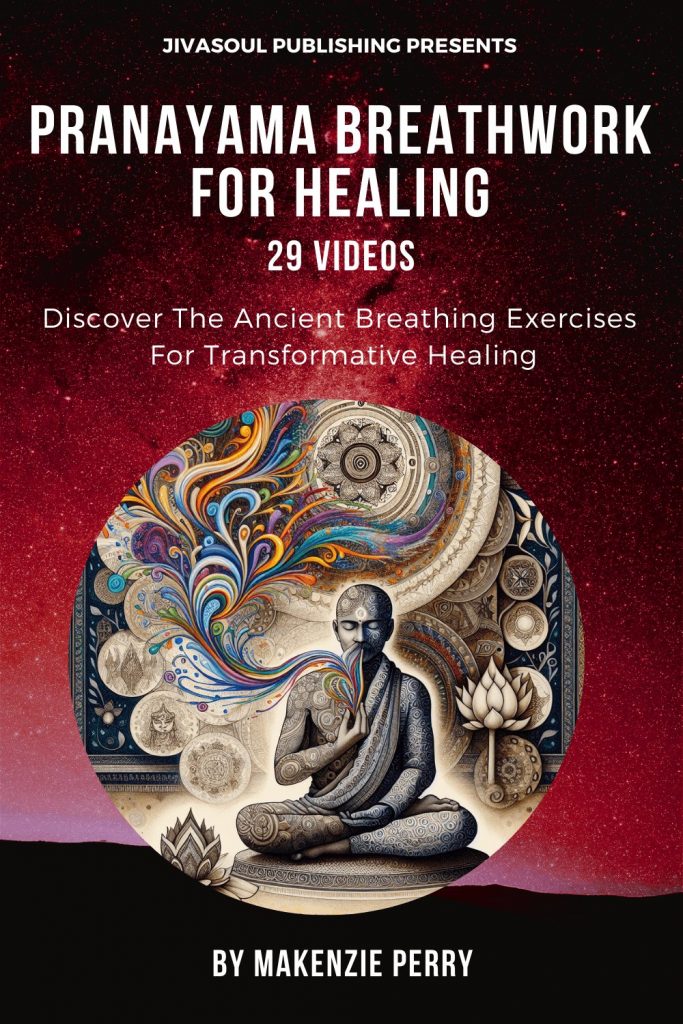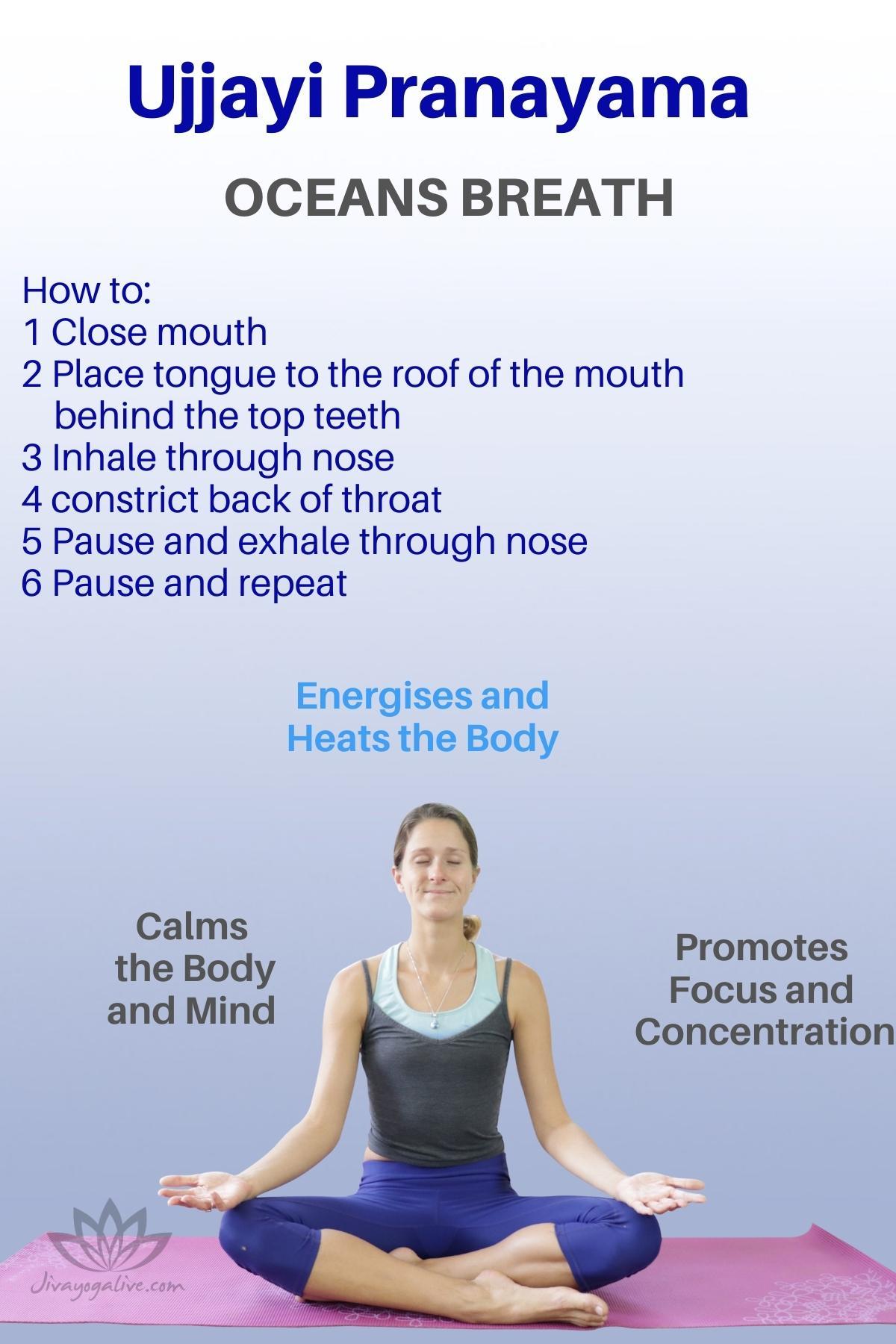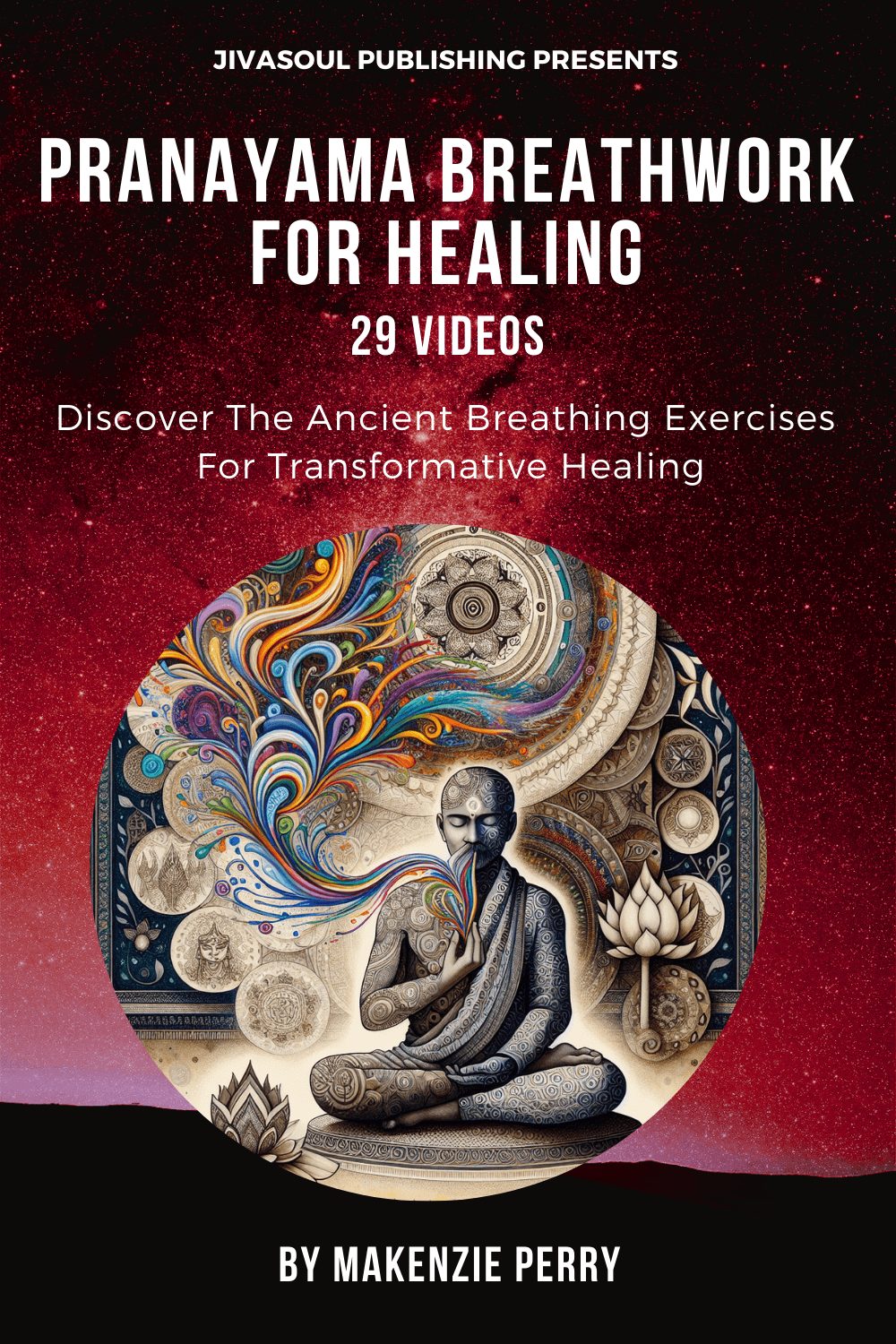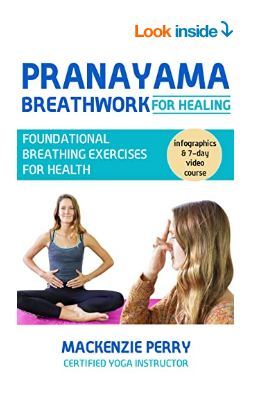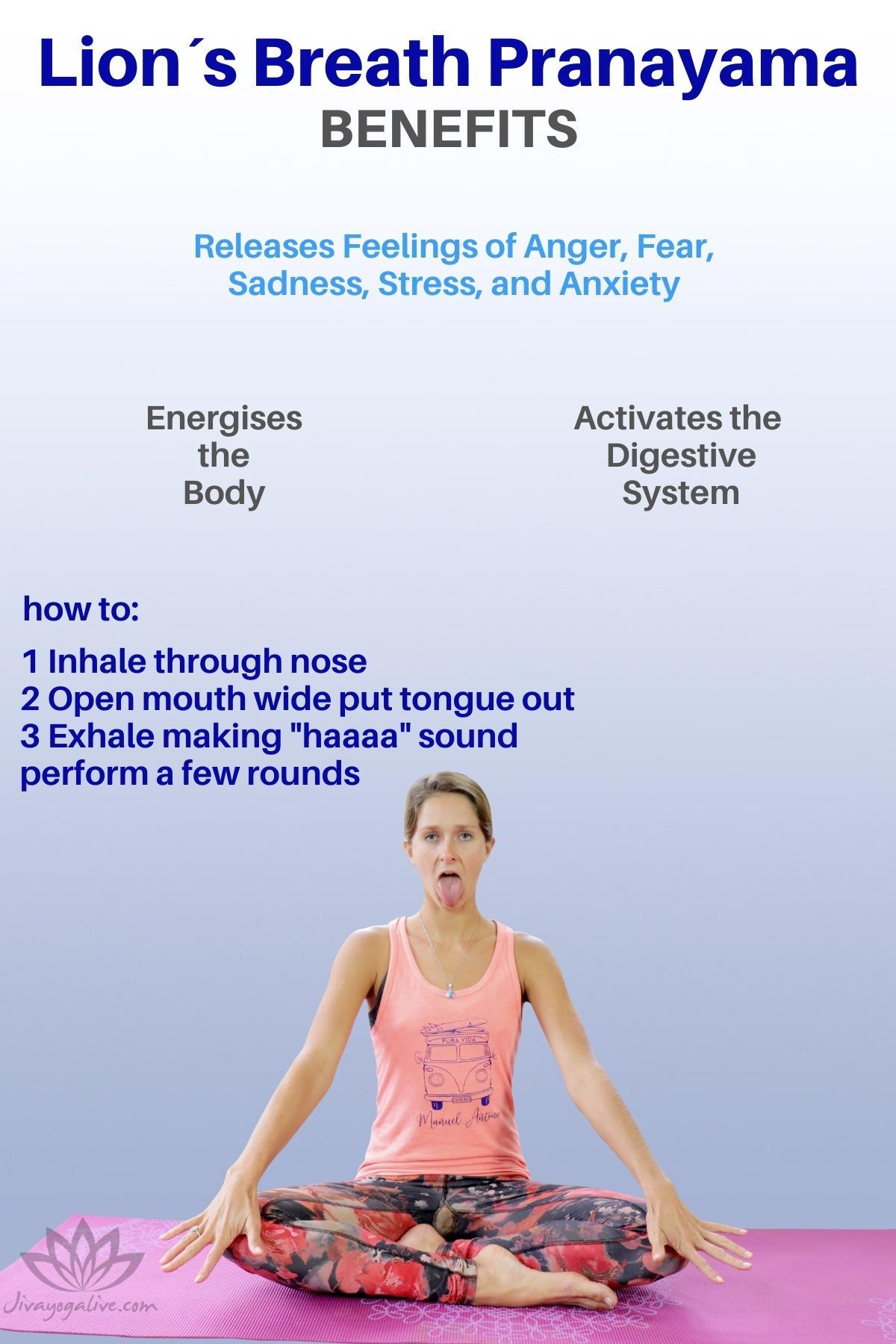Kapalabhati Breathing is a powerful method to cleanse the body, energize the nervous system, and bring balance to the mind. If you’re curious about kapalabhati breath benefits, this transformative breathing technique, also known as “Skull Shining Breath,” delivers more than just detoxification. It awakens inner vitality, sharpens mental focus, and supports your overall well-being. By learning these Kapalabhati Breath Instructions, you’re stepping into a practice known to ignite clarity and sustained energy.
What Is Kapalabhati Breathing?
Kapalabhati comes from the Sanskrit words kapala (skull) and bhati (shine), and is aptly referred to as “Skull Shining Breath” due to the sensation of heat and radiance it generates in the forehead and crown. The technique behind kapalabhati breath benefits involves a dynamic series of rapid, forceful exhalations driven by sharp abdominal contractions. Inhales are passive and occur naturally between each exhale.
This reversal from the typical breathing emphasis (deep inhales) to a focus on forceful exhalation shifts energy, removes internal stagnation, and revitalizes the entire system.
Top Kapalabhati Breath Benefits
Practicing Kapalabhati offers a range of physical and mental benefits. Here are the key outcomes of consistent practice:
- Purifies and detoxifies the respiratory system and energetic pathways (nadis)
- Boosts respiratory function by clearing the lungs and strengthening breathing muscles
- Tones the core, especially the lower abdominal muscles
- Ignites internal heat, which supports natural detoxification processes
- Improves mental clarity, concentration, and overall alertness
- Enhances digestion and metabolism by massaging internal organs
If you want a breathing technique that stimulates both the body and mind, these kapalabhati breath benefits make this practice ideal.
Step-by-Step Kapalabhati Breath Instructions
Follow these clear steps to practice Kapalabhati safely and effectively:
- Find a comfortable seated position with a straight spine and relaxed shoulders.
- Take a few natural breaths to settle into your body and bring awareness to your breath.
- Begin with a forceful exhale, contracting your lower belly sharply to push the air out through your nose.
- Allow the inhale to happen passively as your belly releases.
- Repeat the exhale-inhale cycle in rapid succession. Start with 20–30 cycles, gradually increasing as you gain comfort.
- End the round with a deep, full inhale and exhale. Sit quietly and notice the sensations in your body.
Maintain a steady rhythm, focusing on the exhalation and letting the inhale follow effortlessly. It may take a few sessions to adapt to this reversal, but over time, you will begin to feel a warm, glowing sensation in the skull and a heightened state of awareness.
Important Precautions Before Practicing
Important Precautions for Safe Practice
While the kapalabhati breath benefits are profound, this intermediate-to-advanced pranayama technique requires awareness and proper guidance. Avoid practicing Kapalabhati if you:
- Are pregnant or menstruating
- Have a spinal injury or slipped disc
- Use arterial stents or have recent heart issues
- Suffer from high blood pressure (consult a physician first)
If you feel dizzy, anxious, or unwell during the practice, stop immediately. Respect your body’s signals, and when in doubt, seek support from a trained instructor.
Conclusion: Experience the Transformative Kapalabhati Breath Benefits
Kapalabhati Breath Instructions provide a pathway to internal purification and sustainable energy. Through consistent practice, you harness kapalabhati breath benefits that include heightened mental focus, digestive health, respiratory strength, and an overall sense of internal brightness. By shifting your breath from passive inhalation to intentional exhalation, you engage a deeper energetic reset.
Are you ready to elevate your practice with even more breath techniques? Click here to access our full course and master the art of pranayama for long-lasting vitality and inner clarity.

